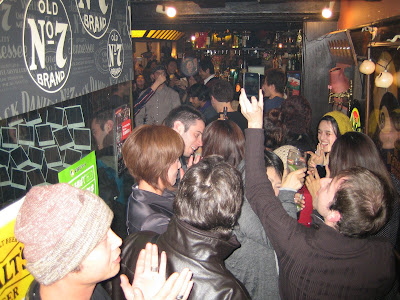Actual story from my 7th grade text book:
"One day a hungry lion slowly came out of the forest. He wanted some food.
He sat on the grass and looked around. He waited for a long time.
The lion saw a rabbit under a tree. He ran after the rabbit.
Just then, a deer ran in front of the lion. The lion wanted a big dinner, so he ran after the deer.
The deer ran away very quickly. The rabbit ran away too. So the hungry lion got nothing."
The best part of this story is it's denouement:

So in addition to teaching English, apparently I also teach philosophy and moral lessons. Indeed, hasn't there been a time in your life when you gave up chasing your own rabbit to go after a deer, but ended up with nothing? Maybe we should just be content with our rabbits instead of risking a deer and ending up with nothing.
I'm not really sure how these stories help teach English. When I try to explain to my coworkers that these stories are kind of awkward, they never understand why. This story is just the tip of the iceberg and others are much more odd.
I have a lot of free time at work...
One funny thing did happen today. I made a worksheet to teach the phrases "must", "must not", "may", and "may not". The worksheet had some differences between America and Japan such as:
In America - you must drive on the right side of the road, but
In Japan - you must not drive on the right side of the road.
In Japan all middle school and high school kids wear uniforms. So I tried:
In America - at school, you may wear anything
Thinking that students would write:
In Japan - at school, you must wear a uniform.
Instead most students wrote:
In Japan - at school, you may not wear anything.
That's pretty much my day. Lions figuratively biting off more than they can chew and students who think they should come to school naked.










































